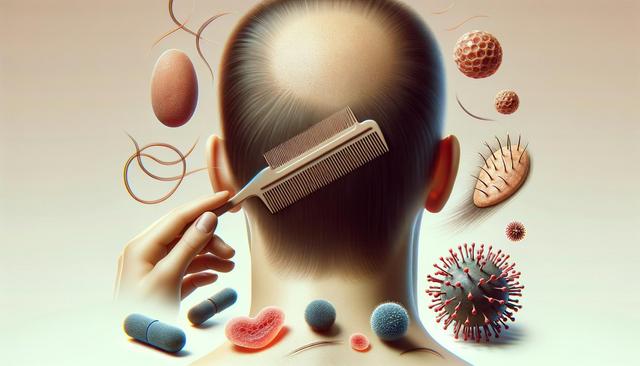What Are Cellulite and Stretch Marks?
Cellulite and stretch marks are two of the most frequently discussed skin issues, yet they are often misunderstood. Cellulite refers to the dimpled or lumpy appearance of the skin, typically found on the thighs, buttocks, and abdomen. It is caused by fat deposits pushing through connective tissue beneath the skin. Stretch marks, on the other hand, are long, narrow lines that develop when the skin stretches or shrinks quickly due to growth spurts, pregnancy, or weight changes. Both conditions are completely natural and not harmful, but many seek treatment for cosmetic reasons.
While cellulite is more common in women due to the structure of connective tissue and fat distribution, stretch marks can affect anyone. The severity of these skin changes can depend on genetics, hormonal factors, and skin type. Understanding the root causes of cellulite and stretch marks helps individuals make informed decisions when exploring treatment options.
Topical Treatments and Their Role
Topical treatments are often the first step people take in managing cellulite and stretch marks. These may include creams, lotions, and oils that claim to improve skin texture and appearance. Ingredients like retinol, caffeine, hyaluronic acid, and peptides are commonly found in these products, each offering different benefits for the skin.
Some topical solutions may help by:
- Improving skin hydration and elasticity
- Increasing collagen production
- Enhancing blood flow to affected areas
- Temporarily tightening the skin
However, results can vary from person to person. While some users report noticeable improvements, others may see minimal change. Consistency and long-term use are usually required to maintain any benefits. It’s also important to remember that topical treatments often work best in combination with other methods, such as lifestyle adjustments or professional procedures.
Professional Treatments and Procedures
For those seeking more intensive results, professional treatments offer a range of options. These procedures are generally performed in dermatology clinics or med-spas and aim to target the deeper layers of the skin or underlying fat. Some of the commonly used treatments include:
- Laser therapy: Helps stimulate collagen and improve skin texture
- Radiofrequency: Uses heat to tighten skin and reduce fat cells
- Microneedling: Promotes skin regeneration and collagen formation
- Ultrasound therapy: Targets fat layers beneath the skin
These professional methods can produce more dramatic results than over-the-counter products, but they often come with a higher cost and may require multiple sessions. It’s essential to consult a qualified practitioner to determine the most appropriate treatment for your skin type and goals.
Lifestyle Adjustments for Skin Health
Beyond topical and professional treatments, lifestyle plays a significant role in managing cellulite and stretch marks. Maintaining a balanced diet, staying hydrated, and engaging in regular physical activity can support overall skin health. These habits may not eliminate existing skin concerns but can help prevent new ones from forming and improve the appearance of the skin over time.
Some helpful lifestyle practices include:
- Eating foods rich in antioxidants, vitamins C and E, and collagen-boosting nutrients
- Drinking plenty of water to keep the skin hydrated
- Incorporating strength training and aerobic exercise to improve muscle tone and circulation
- Avoiding rapid weight fluctuations that can stress the skin
Massage techniques, such as dry brushing or using a foam roller, can also help reduce the appearance of cellulite by stimulating lymphatic drainage and blood flow. These methods are most effective when combined with other treatment strategies.
Setting Realistic Expectations
When exploring cellulite and stretch mark treatments, it’s crucial to maintain realistic expectations. While many products and procedures can improve the skin’s appearance, complete removal is not guaranteed. Skin texture and elasticity vary from person to person, and what works for one individual might not work for another.
It’s also helpful to approach these treatments with a mindset focused on self-care and confidence rather than perfection. Many people find that a combination of treatments, along with a consistent skincare routine and healthy lifestyle, yields the most satisfying results. Being patient and informed can lead to better outcomes and a more positive relationship with your skin.
Ultimately, managing cellulite and stretch marks is a personal journey. Whether choosing to treat them or embrace them, the most important step is making a decision that aligns with your comfort and goals.
Conclusion: Embracing Informed Choices
Cellulite and stretch marks are natural and common, but for those who wish to reduce their appearance, there are multiple approaches available. From topical solutions and professional procedures to lifestyle changes, each method offers different levels of improvement. By understanding the causes and treatment options, individuals can make informed choices that support their skin health and personal confidence. Remember, the goal is not perfection but feeling comfortable and empowered in your own skin.


